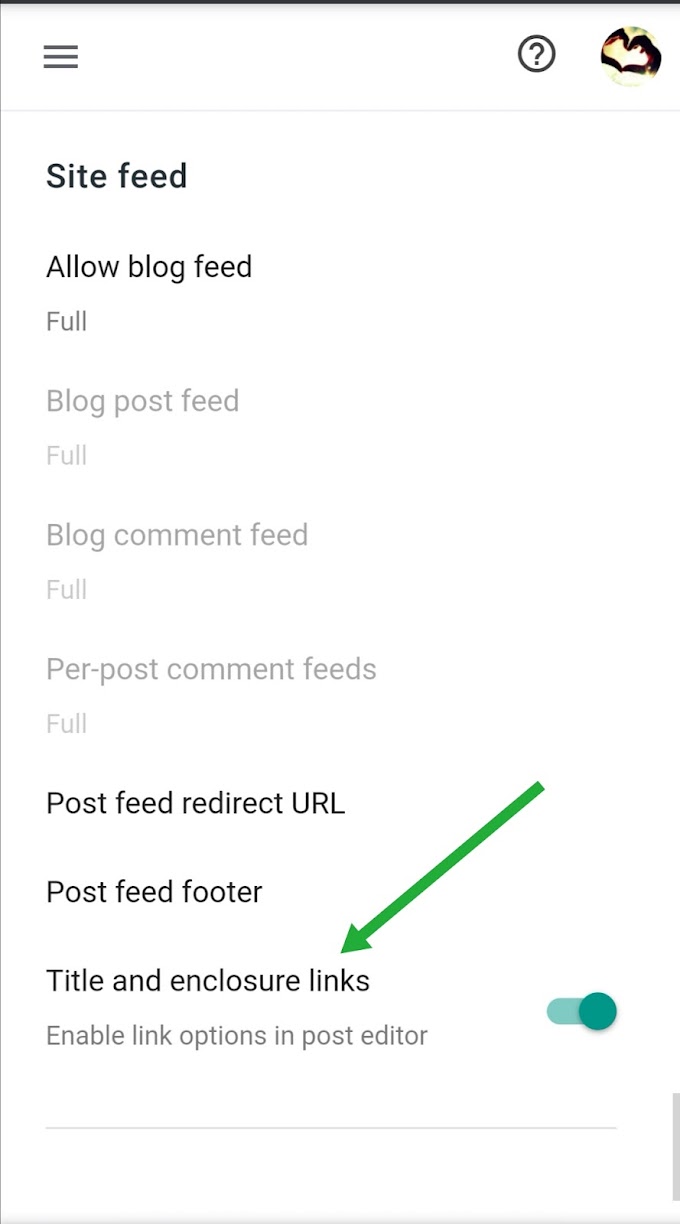Title links, also known as anchor links or jump links, are a type of hyperlink that allow users to navigate to specific sections of a web page with a single click. As a critical element in website design, title links play a significant role in improving user experience and search engine optimization (SEO). In this article, we will explore the benefits of title links and best practices for implementing them in a way that enhances both user experience and SEO.
Benefits of Title Links for User Experience and SEO
- Improved Navigation: Title links make it easy for users to navigate to the exact information they are looking for, without having to scroll through a lengthy page. This enhances the overall user experience and reduces bounce rates.
- Better Internal Linking: By linking to specific sections within a page, title links help establish a clear hierarchy and structure for a website. This enhances the internal linking structure of a site and improves its overall organization and navigation.
- Increased User Engagement: With title links, users can quickly access the information they need, keeping them engaged and reducing the likelihood of leaving the site.
- Enhanced Accessibility: Screen readers can use title links to quickly navigate a page, making it easier for visually impaired users to access and understand the content.
- Improved SEO: Title links help search engines crawl a website more efficiently, leading to better indexing and improved search engine rankings. Additionally, well-written title links with descriptive and relevant text can boost keyword rankings and drive more organic traffic to a site.
Best Practices for Implementing Title Links for User Experience and SEO
- Use Descriptive Link Text: To improve both user experience and SEO, it is crucial to use descriptive link text that accurately reflects the content of the section it links to.
- Keep Link Text Short and Concise: Users are more likely to click on links that are easy to understand and quick to read. Keeping link text short and concise makes it more appealing and user-friendly.
- Use Relevant Headings: Title links should be associated with relevant headings on the web page to improve the organization and structure of the site. This also enhances the internal linking structure, which is crucial for good SEO.
- Place Links in Logical Locations: Placing title links in logical locations, such as near the relevant heading or in a navigation menu, makes it easier for users to find them and quickly access the desired content.
- Use Keywords Strategically: By using keywords in title links, it is possible to improve search engine rankings and drive more organic traffic to a site. However, it is important to use keywords strategically and in moderation, to avoid over-optimization and potential penalties from search engines.
Conclusion
title links are a powerful tool for enhancing user experience and improving SEO. By following best practices such as using descriptive link text, keeping link text short and concise, and placing links in logical locations, it is possible to effectively implement title links and improve the overall performance of a website.

.jpeg)




0 Comments
Your ideas matters